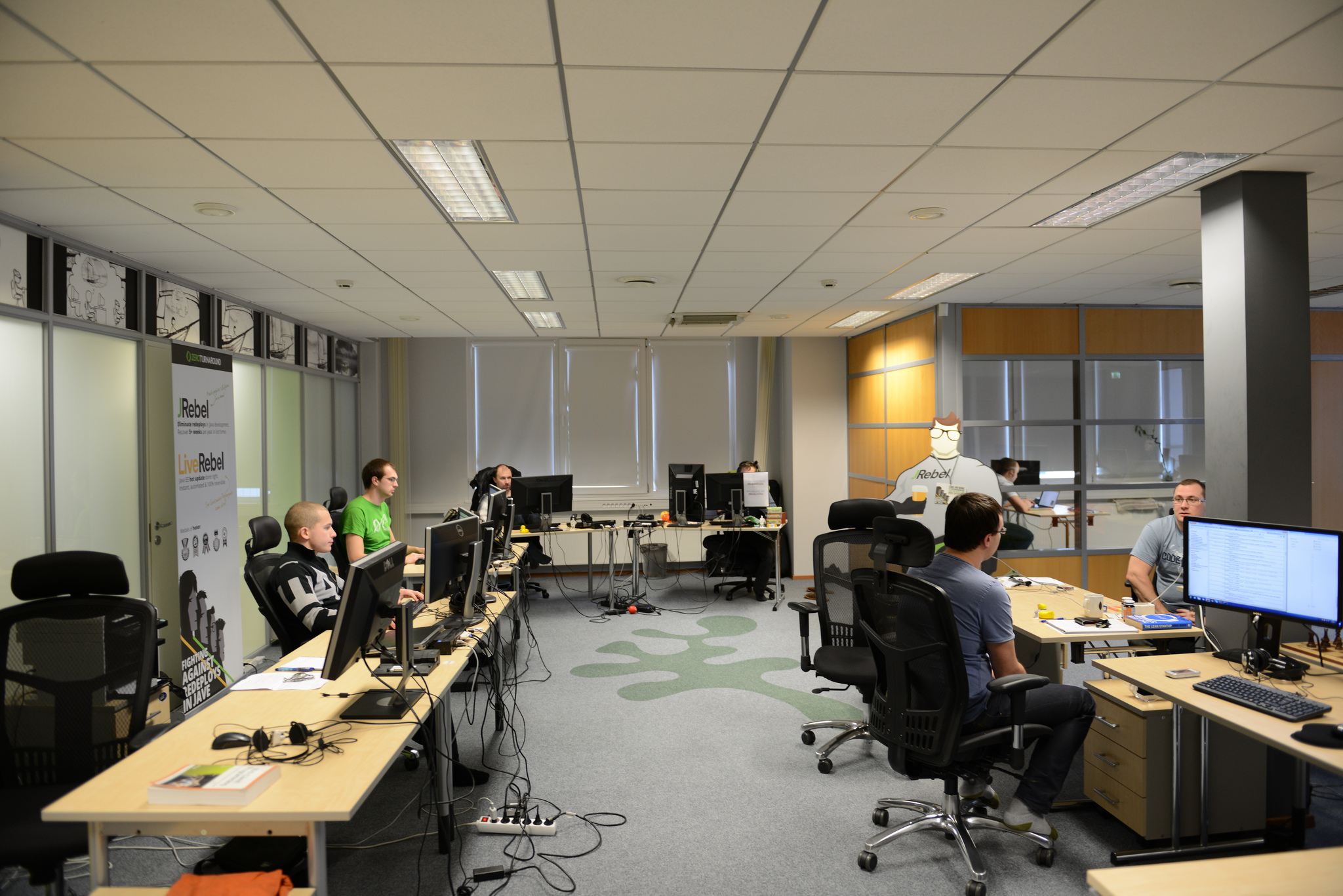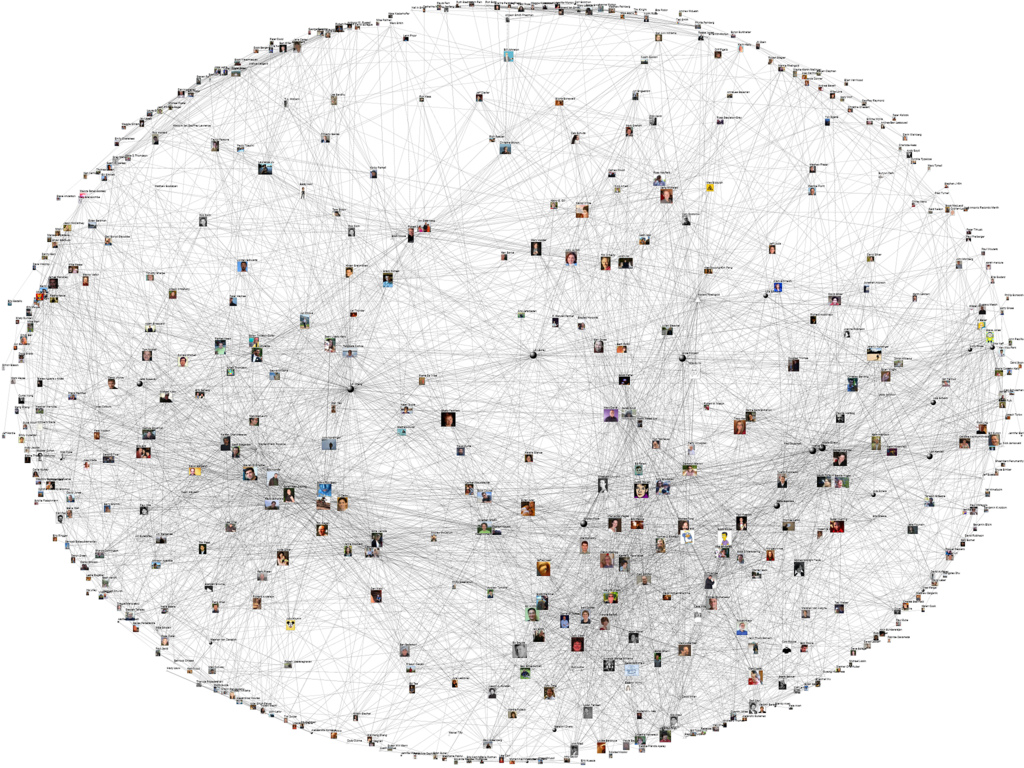The Upside to Workplace Conflict and How to Deal with it Successfully

The list of possible causes for workplace conflict is long enough to seem insurmountable, and a company completely free of inter-staff strife is rare. Any situation requiring the collective involvement of individuals with unique perspectives, strengths and weaknesses will result in priority differences that can lead to clashes. Rather than hope for the best to avoid conflict, try to face it instead by working through it and celebrating conflict’s silver lining.
The Upsides to Workplace Conflict
Disagreements in the workplace aren’t always the result of personalities that don’t mesh. Conflict can sometimes arise from two equally valid but incompatible approaches to work completion. In this situation, what you have is not a conflict but an opportunity to create a backup strategy. When a current procedure isn’t as effective as anticipated, then procedural conflict can jump-start conversations that result in new ideas and solutions.





